
31 Jul Books: Reading the West
The utter largeness that is the legacy and artistic relevance of the late Jim Harrison seems impossible to contain. His novels, novellas, screenplays, and poetry collections have left a once-in-a-generation mark on the literary landscape. Perhaps equally celebrated (or condemned), his life was lived with grand appetites of an expansive variety. But somehow, Todd Goddard, in his epic-sized biography, Devouring Time: Jim Harrison, a Writer’s Life (Blackstone Publishing, $29.99), has managed to, if not contain this largeness, at least honor it fittingly.
Based on careful interviews with dozens of Harrison’s friends, colleagues, and family members, as well as exhaustive digging into the Harrison archives, the book spills out the writer’s life in lavish detail. But, at the same time, it never feels like a mere information dump: The pages turn like the best of novels.
Goddard follows Harrison’s journey from the small towns of rural Michigan to centers of literary culture and the excesses of fame: New York City, Paris, and Hollywood, to name a few. He shows how Harrison’s forays into these hubs of celebrity and wealth always left him longing for his true homes: a farm in Michigan, a cabin in the state’s Upper Peninsula, a casita in southern Arizona, and, eventually, a house on 10 acres in Montana’s Paradise Valley. In both his books’ settings and his personal life, Harrison remained a ruralist, albeit one with big-city tastes mixed in.
Perhaps most important in this biography is Goddard’s careful rendering of the artistic development of Jim the poet and Jim the novelist. Each of Harrison’s works is examined, revealing its inspiration, execution, and reception, giving valuable insight into the practice of these crafts that will prove vital for any writers who have been moved by Harrison and hope to follow in his wake.
Harrison lived a life and created work worthy of careful and capable chronicling. He deserves a biography that can mirror his own sublimity. Goddard has managed to craft the wild details of this life lived large into a compelling and immaculate narrative in which its subject just might have recognized a kindred practitioner of the art.
Of Note
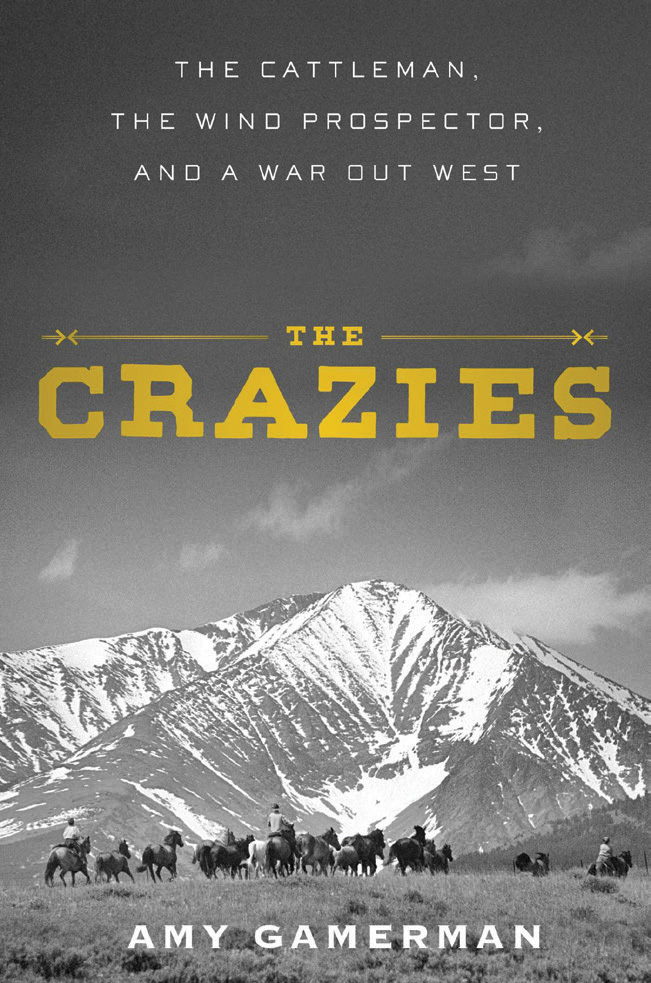
Mixing the excitement of a courtroom drama with the passion of generational connections to Montana lands, the high-rolling world of crime and excessive wealth with Indigenous lore and natural beauty, Amy Gamerman’s The Crazies: The Cattleman, the Wind Prospector, and a War Out West (Simon and Schuster, $29.99) is journalism of the highest order. In detailing the personal and legal battles that erupted over land use in the shadow of Montana’s Crazy Mountains north of the quiet town of Big Timber, this book expertly balances so many moving parts that it reads like a dozen diverse genres — crime, mystery, natural history, science, politics, genealogy, even romance — somehow crafted into one powerfully told and expertly rendered tale. The fact that this tale is true is a testament to just how literary and cinematic the West continues to be, especially under the guidance of Gamerman’s expansive pen.

The temperature gets raised to near boiling in Craig Johnson’s latest Sheriff Longmire mystery, Return to Sender (Penguin Random House, $30). The fast-paced nail-biter is set in the brutal vastness of southern Wyoming’s Red Desert, where a doomsday cult hides vicious and deadly secrets. On the trail of a missing person who may or may not want to be found, Walt Longmire pits himself against murderous fanatics, as well as the unrelenting heat and harshness of the desert’s Killpecker Sand Dunes, the largest living dune system in the U.S. With Johnson’s characteristic wit and storytelling agility, the novel grabs hold of the reader and doesn’t let go until its shattering conclusion.
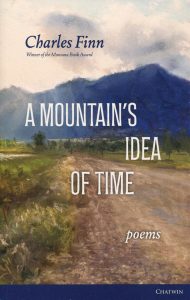
Charles Finn has been to the spring and returned with another bucket of clear, fresh poetry in A Mountain’s Idea of Time (Chatwin Books, $18). As with his previous collections, this one is a balm of comfort in these much-battered times. Finn is a close observer of the natural world, with a strong capacity to filter his watching into language that is both sharp and smooth, making the reader a watcher as well. These are poems of devotion to the cathedral of nature: the mountains, rivers, trees, and creatures — furred, feathered, and finned — of the poet’s much-loved Montana.
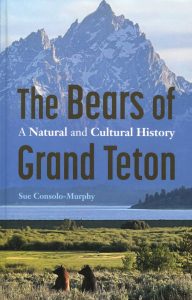
With a strong penchant for the storyteller’s art, Sue Consolo-Murphy details the multifaceted world of two of the West’s iconic wildlife species in The Bears of Grand Teton: A Natural and Cultural History (University of Nebraska Press, $26.95). Drawn from her many years as a wildlife scientist — first in Yellowstone National Park and then in its southern neighbor, Grand Teton — Consolo-Murphy mines her extensive personal and professional dealings with black and grizzly bears to offer a scientifically sound account while bringing the lives of the bears into fascinating focus. The book recreates the full world the bears inhabit, complete with all the wonders and dangers faced by both species and the humans who share these spaces with them.
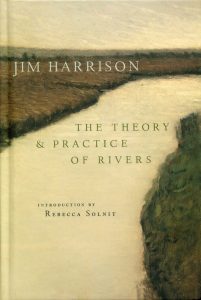
Since Jim Harrison’s passing in 2016, his longtime poetry editor, Joseph Bednarik, and others have been ushering into print special editions and collections of Harrison’s poetry through The Heart’s Work: Jim Harrison’s Poetic Legacy. This worthy book project draws to a close with the hardcover release of The Theory & Practice of Rivers (Copper Canyon Press, $22). Featuring an introduction by Rebecca Solnit and, of course, cover art by Harrison’s great friend Russell Chatham, this collection fittingly gives the poetry the format that it richly deserves. Dominated by the long and meandering title poem, this book contains some of Harrison’s finest poetry in his 50-year career. Most exciting is the inclusion of a facsimile of a handwritten draft of the poem, with Harrison’s marginal notes and edits, that offers fascinating insight into the poet’s method.
Marc Beaudin is a poet, theater artist, and bookseller based in Livingston, Montana. He is the author of These Creatures of a Day, Life List: Poems, and Vagabond Song: Neo-Haibun from the Peregrine Journals, and his work is widely anthologized in publications dedicated to environmental and social justice.



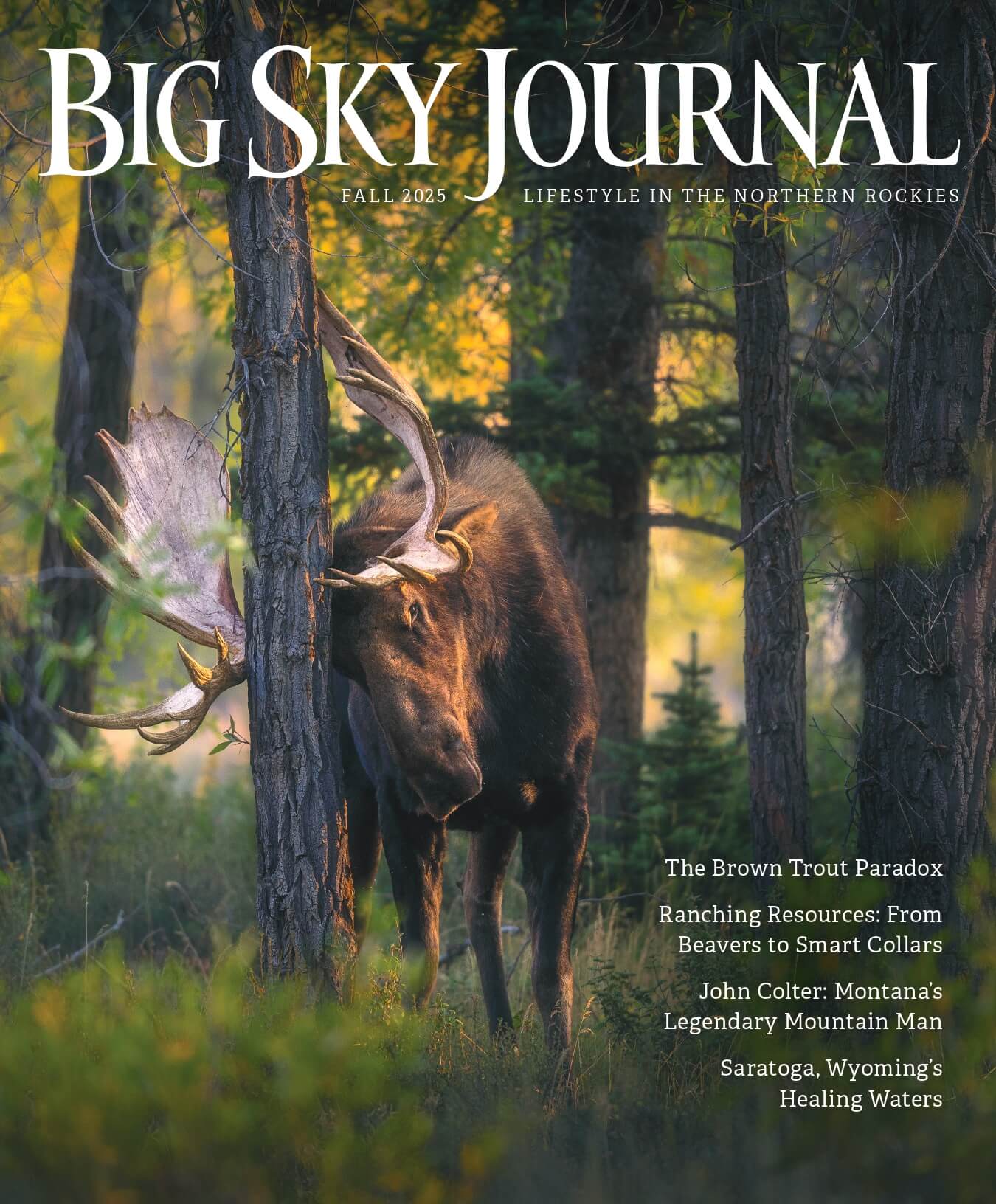
No Comments